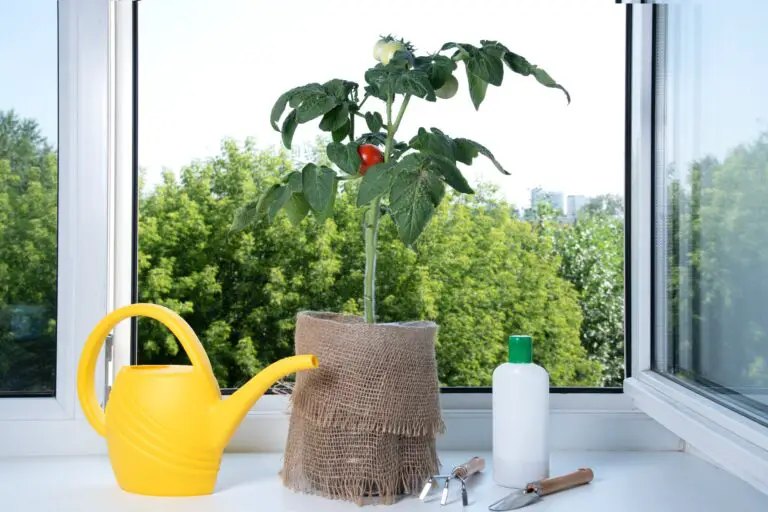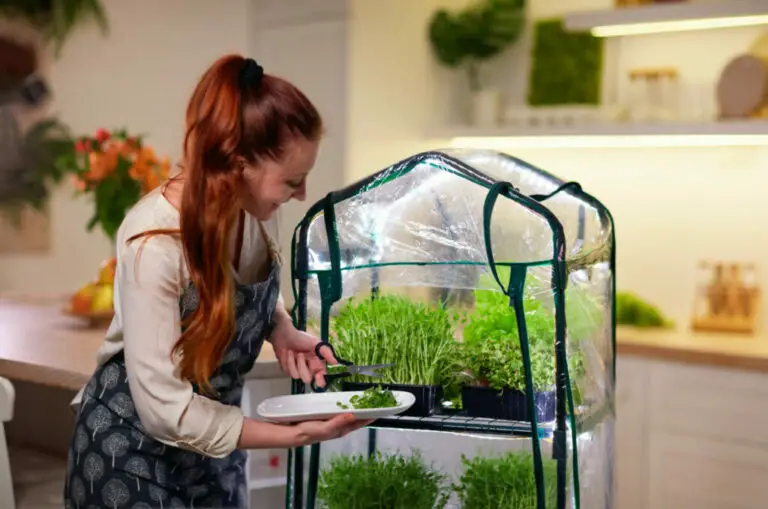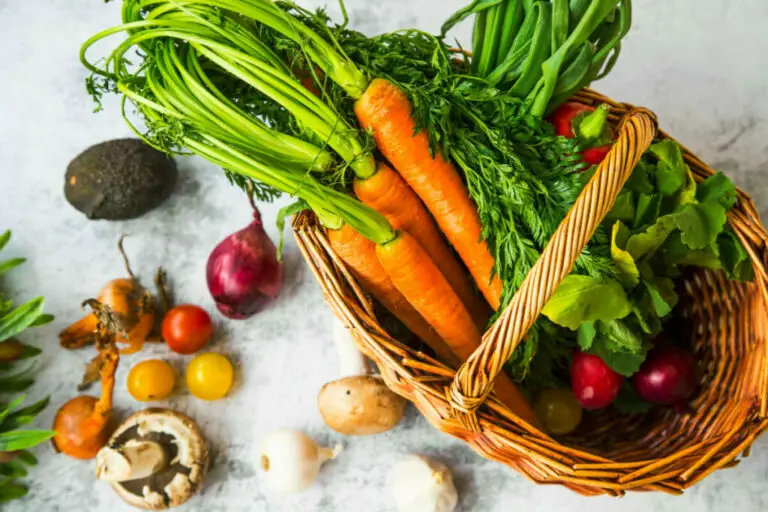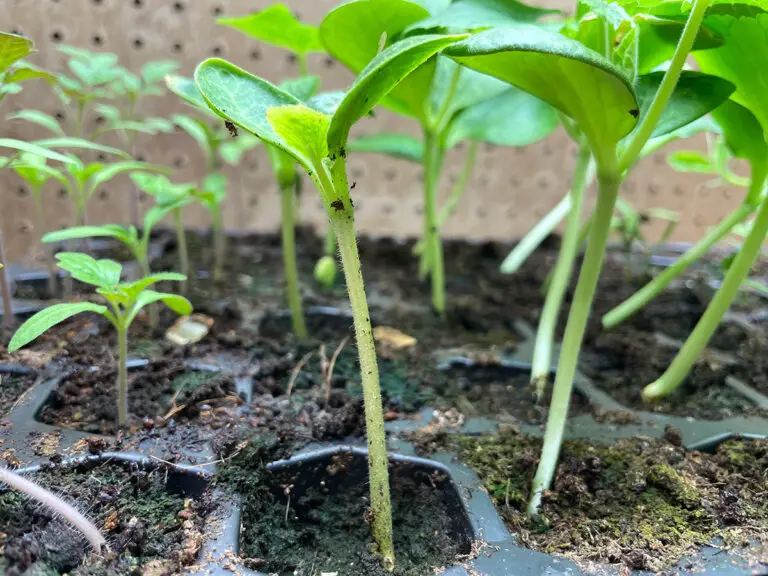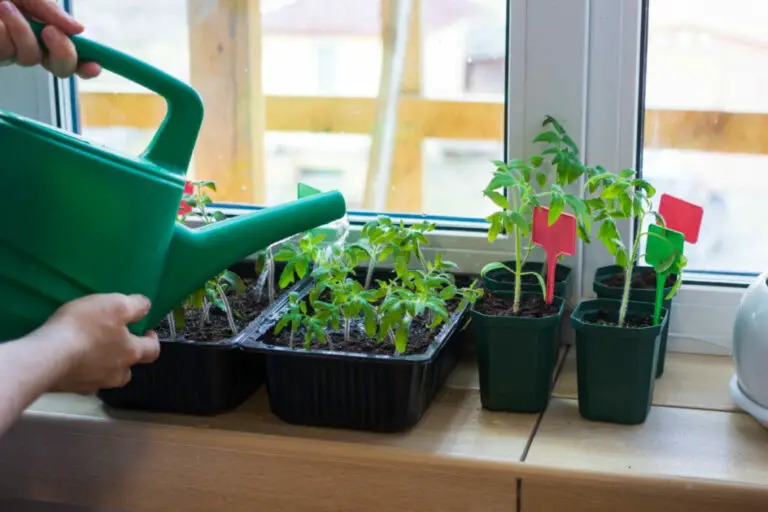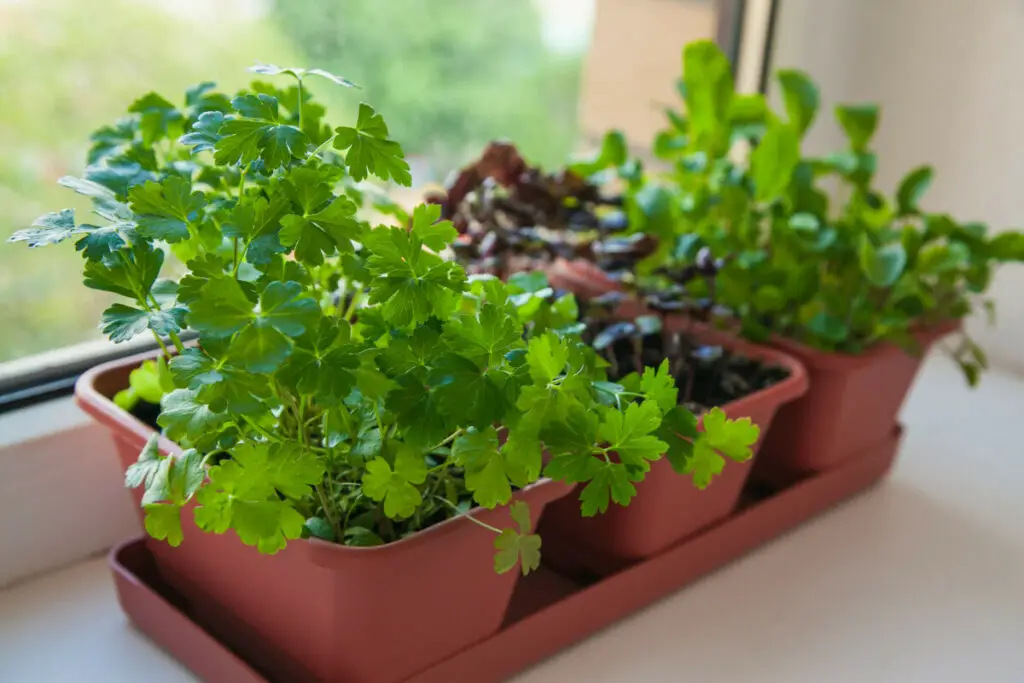
Before you decide to start an indoor garden, there are many things that would be beneficial to know. It can be challenging to find all the information needed to start a successful indoor garden. So, how should you get your indoor vegetable started?
Growing vegetables inside is a good way to reduce the amount of money you spend on produce. The most important aspect of indoor gardening is ensuring there is enough light for the vegetables be able to thrive. For some vegetables, a plant light might be necessary.
There are a lot of tips and suggestions that can be found online regarding indoor vegetable gardening. You’ll definitely experience a learning curve when you decide to start an indoor vegetable garden. With lots of personal experience starting and growing vegetables indoors, here’s some information I’ve put together for you.
How to Start an Indoor Vegetable Garden
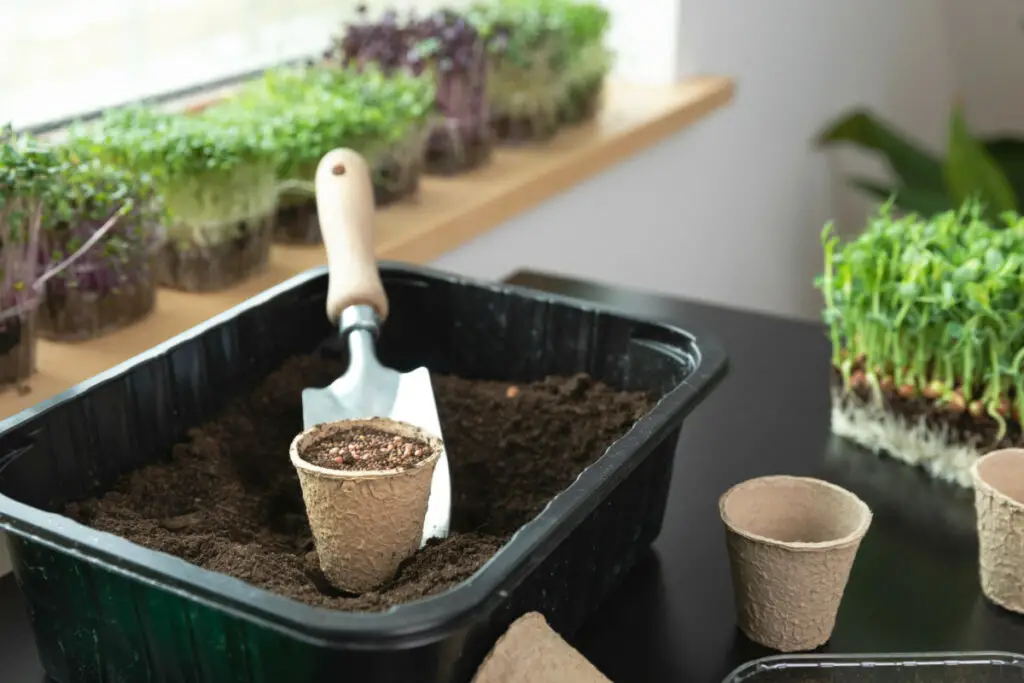
Before you start an indoor garden, the most beneficial thing to do is take time to ensure you have selected vegetables that are able to thrive indoors. There are certain vegetables that can’t be grown indoors for a variety of reasons. To get some specific recommendations on what you can grow well indoors, check out this article I wrote about vegetables that grow well indoors.
Another thing you should consider is the tools and supplies that you’ll need in order to start a successful indoor garden. Certain indoor situations will require you to use certain items to increase the chance of your plants thriving.
The first step in starting a successful indoor garden is figuring out how much space you can dedicate to your indoor garden. That’ll determine not only how many vegetables you can grow, but which types.
After you determine where you will be growing your indoor garden, it’s important you figure out how much light this area is able to receive. Different vegetables need different levels of sunlight, so the amount of natural light in an area can determine which vegetables are able to thrive in your indoor garden.
In some instances, it can be beneficial to add a few plant lights in the designated garden area to ensure that there can be the proper amount of light for your vegetables to be able to thrive. In order to determine how much light an area indoors is able to get there are a few different mobile apps that allow you to measure the amount of natural light that you get at that specific location indoors.
The next step is figuring out what size and depth of planting containers you need for the plants you plan to grow indoors.
Once you know where you’re going to grow your plants, how much light you’ll be able to provide them with, and what containers will be best for your indoor garden, the next step is selecting your seeds. There are a lot of different options when it comes to seeds for the same vegetable. Unless there’s a variety you specifically want, often the best seeds are the seeds you can get easily and inexpensively.
Important Things to Consider
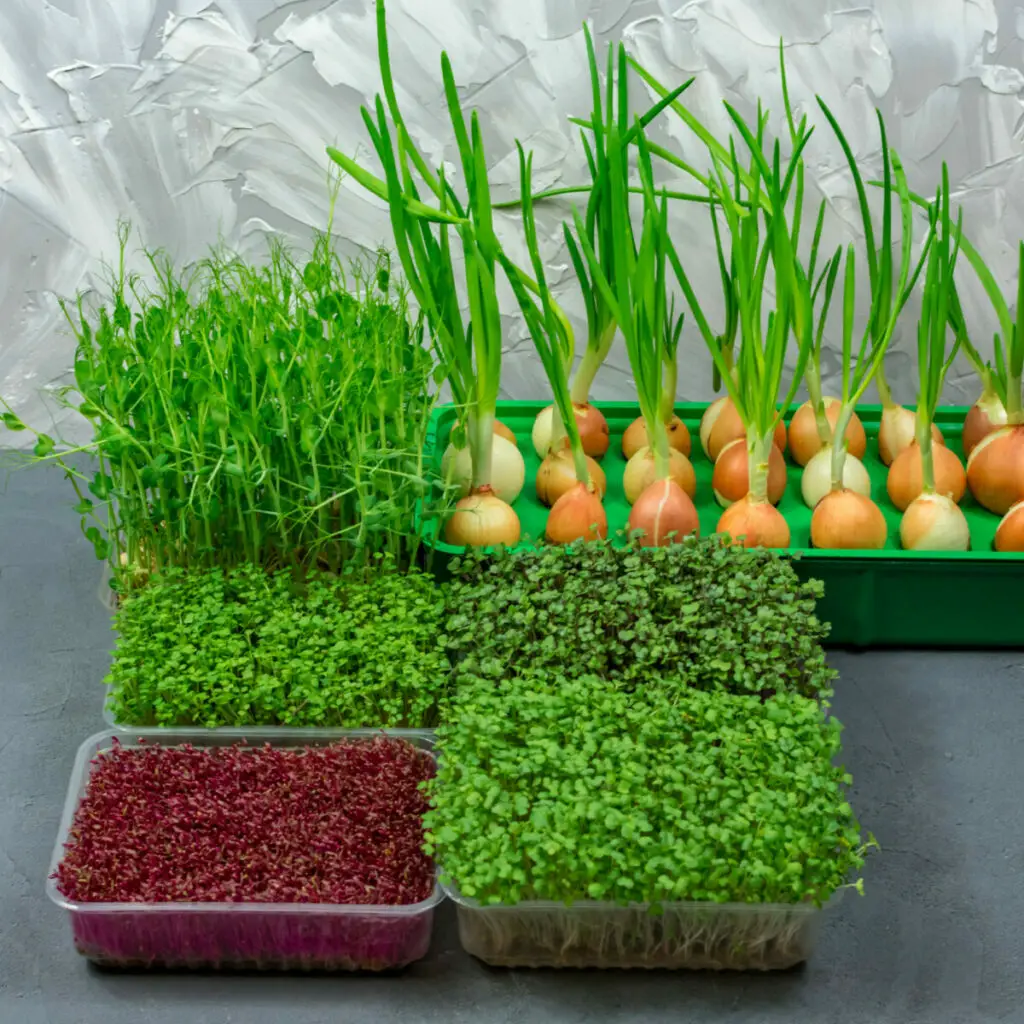
In addition to the things previously mentioned, it is important that you consider the access to your garden area. While it’s important you are able to get to this area to tend to your vegetables, it is important that it is not a place that will be gotten into by either children or pets.
If you have an animal, it is extremely important that you are not attempting to grow any vegetables or plants indoors that can be harmful to your pets. Look into which types of vegetables and herbs you can grow near your pets without causing them any harm. While many vegetables and herbs can be grown indoors without causing harm to your pets, there are some that can be very toxic and sometimes even fatal to certain animals which is why it is so important to ensure your garden is safe.
Before you decide to have a lot of plants in your indoor garden, it is important that you can ensure you have enough time to be able to check in on how the vegetables are doing and to take proper care of them. While it doesn’t often take long to water these types of plants, it is important that you allow yourself time each day to check on the health of the vegetables and tend to any needs there might be.
Lots of indoor gardeners choose to start a composite bin or pile. Throwing eggshells and plant scraps in a composite bin allows them to be turned into nutrient-rich soil that can help your indoor garden thrive. I use a fairly large compost bin outside because I use compost in my outdoor garden too, but for an indoor garden you can easily make a small compost bin out of any large bucket or plastic bin.
Best Vegetables to Grow Indoors
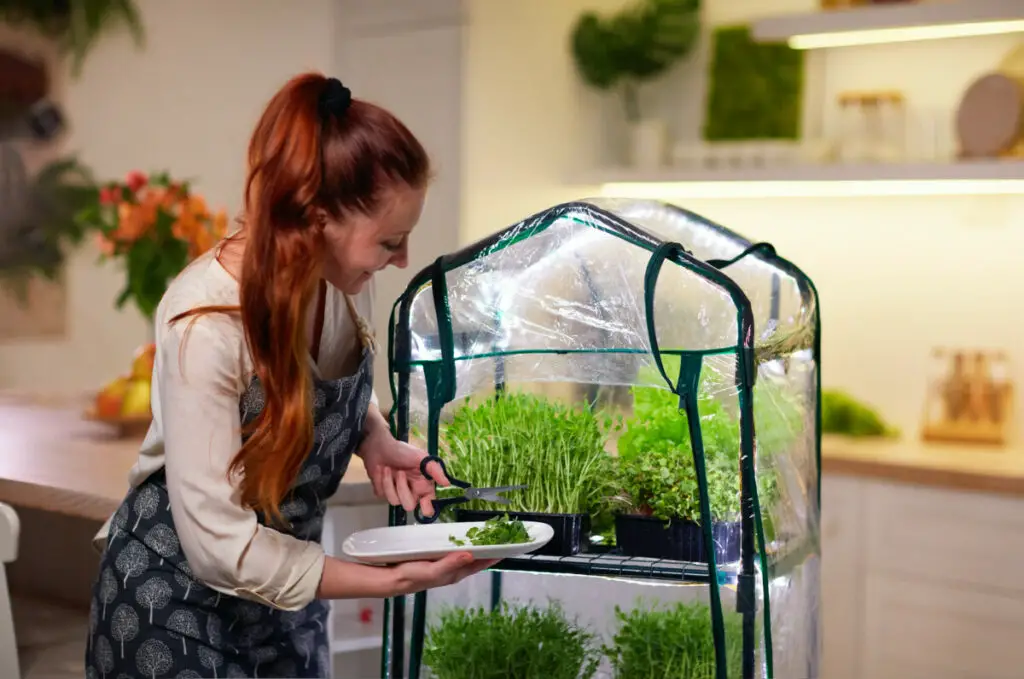
The type of vegetables you will be able to grow indoors can not only be determined by your skill level but it can also be determined by the growing conditions of the vegetables. Some vegetables are unable to grow indoors, while others are just tricky to get to survive indoors.
Some of the best options for an indoor vegetable garden are lettuce, spinach, and other leafy greens. These types of vegetables don’t need a lot of space to grow, which allows you to easily grow them in a pot inside your home. Not only do they have small roots that don’t spread much, but they also don’t need a lot of light in order to thrive. This allows you to grow them well indoors without needing a special grow light. Starting with leafy greens is a great choice if you aren’t very familiar with gardens because they are such low-maintenance.
Another option for a vegetable to be grown indoors is peppers. There are many different types of peppers that can be easily grown from within the comfort of your home. Bell peppers are commonly grown indoors because they’re pretty easy to grow.
For people who have absolutely no experience taking care of plants, trying your hand at growing herbs may be the easiest option to give you the chance to gain some experience. The easiest herb to take care of is basil. Basil only needs to receive indirect sunlight and be watered every couple of days. This extremely low maintenance of this plant allows it to be great for you if you have a busy schedule or are just likely to forget to water it real regularly.
Basil can also grow easily year-round when you grow it indoors.
There are many other vegetables that can be grown indoors. As you’re figuring out what to grow, look at how much light and space different plants need. For example, any type of squash or melon would be best grown outside.
Things to Avoid with Indoor Gardening
A common mistake that is made with an indoor garden is exposing your plants to the wrong amount of sunlight. It is important that you are aware of the level of light that is needed for your plant to survive. If a plant is receiving too much light for an extended amount of time it can get scorched. You can tell when a plant has been scorched from too much light when the leaves become dry, black, and brittle. Unless you catch it early, it can be difficult to revive a plant that has been scorched by too much light.
Giving a plant too little sunlight results in the plant wilting and just not growing very well. Unlike scorched plants, it is very possible to revive a wilting plant by adjusting the amount of light it gets.
Another common mistake that beginners find themselves making when it comes to taking care of plants for the first time is either over-watering or under-watering. If a plant is being overwatered, it is extremely possible that the plant will drown. If your plants start to stink, like rotting compost, then they’re probably overwatered. It is also possible that a plant could be receiving too little water which would result in the plant being brittle and wilting.
Adjust the amount of water you give your plants if it appears that they’re not getting the correct amount of water.
Vegetables that Don’t Thrive Indoors
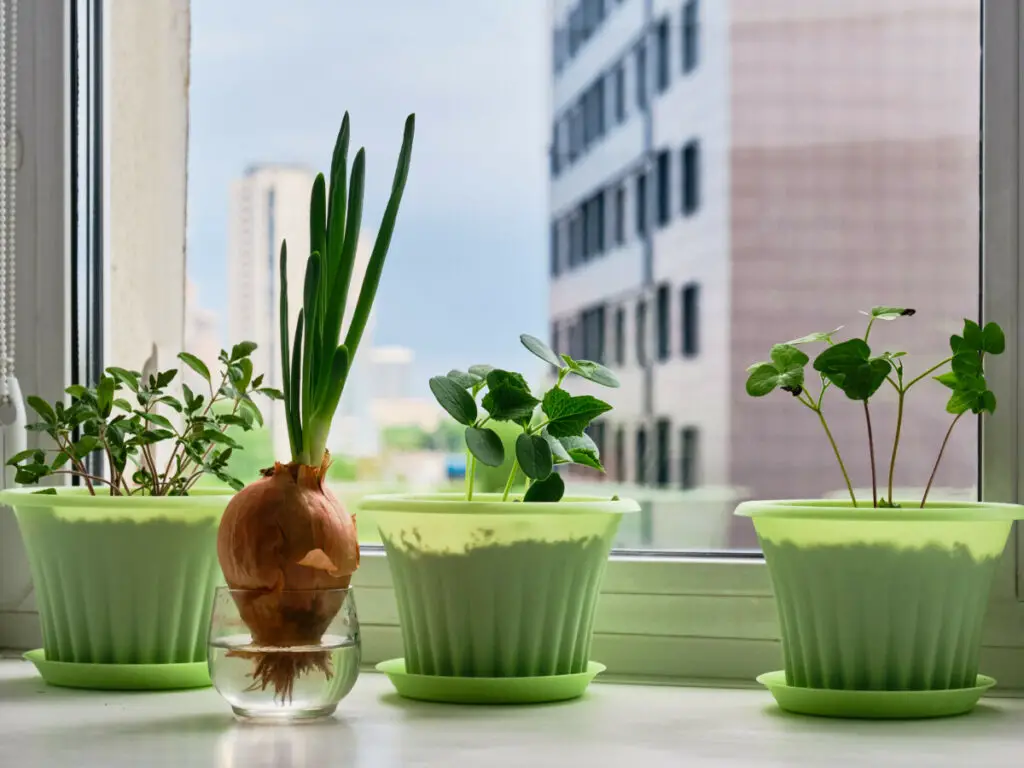
There are certain different types of vegetables that cannot be grown indoors or there are certain vegetables that are tricky to grow indoors. It can be tricky to grow vegetables that grow on vines. This includes plants like tomatoes and cucumbers. It can be difficult to provide these plants with enough room to properly grow, but it is possible to grow them indoors if you have the patience to do so or if you keep the plant fairly small.
Why Consider Starting an Indoor Garden?
There are many benefits to starting an indoor garden. The biggest reason you should consider starting your own indoor vegetable garden is that it allows you to have fresh produce right when you want it.
An indoor garden also gives you the benefits of having a home that’s filled with beautiful plants. Having plants in your home can be beneficial especially if you are someone who suffers from mental health issues. They also filter the air giving you some added health benefits.
Gardening is also a hobby that can be very rewarding. Starting an indoor garden allows you the chance to develop a new skill and also gives you the opportunity to put your efforts into a hobby that has a reward in the end.

